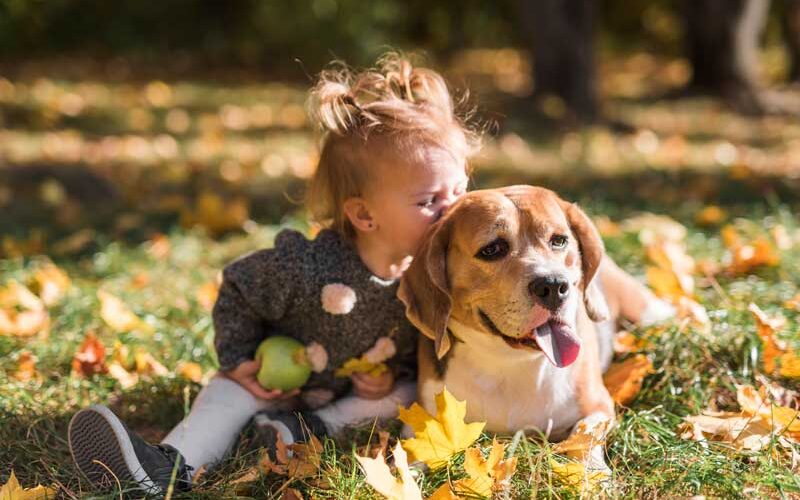Abilities we can acquire by living with animals
By growing up with animals, humans, especially children, can develop some important abilities. First, taking care of and feeding a pet fosters responsibility in children. Qwing pets come with many responsibilities, such as ‘giving them regular exercise,feeding them property,’ ‘keeping them safe,’ ‘proper training,’ and so on. Taking on the duty of pet care can help children develop their confidence. Additionally, it teaches kids the value of maintaining a routine (Tarling, 2017). Second, pets can provide their owners with more than just companionship. A new study shows they can also help create human-to-human friendships and social support, both of which are good for long-term health. In addition,through living with pets, people can learn the value of life, morality, and how to communicate love. These are all very important things to live by in society. (Skerrett, 2015)
How do animals communicate?
Most animals can express their feelings to humans in some way, even though they can’t talk to us directly. One of the most common ways that animals and people communicate is through dogs. Dogs can whine, woof, or wag their tails to show their emotions (Wu, 2015). Referential signaling is a type of nonverbal gesture that conveys thoughts. Dog owners should be aware that many interpretations may be made by particular pet actions, such as pushing a pet’s nose against an object, when combined with other behaviors, such as tail waving (Zachos, 2018).
Children raised by pets are healthier.
Growing up with pets may have a significant impact on a child’s early development. Children who have dogs frequently have better impulse control as well as lower levels of tension, hopelessness, and anxiety. Having a pet may reduce your risk of developing allergies. Both physical and mental health, which might be related, can benefit from growing up with dogs. Being accountable for taking your dog for a walk is a fantastic motivator to go outdoors and get some exercise, especially for dogs. By taking care of an animal, you might feel liked and desired, and the attention may be deflected from your problems. Therefore, having pets as children can help adults feel less stressed and live longer (Tarling, 2017).
Conclusion
Animals cannot talk, but they do make an effort to communicate their feelings through their bodies, such as with a woof, whimper, tail wag, and other sounds. Pet owners strive to comprehend their pets’ emotions at the same time, so they both attempt non-verbal communication. People can learn some crucial social skills by keeping dogs in their homes. Additionally, having dogs improves people’s physical and emotional wellness. Therefore, having pets as children makes humans healthier and less violent.
References
Skerrett, P.J. (2015). Pets can help their humans create friendships, find social support – Harvard Health Blog. [online] Harvard Health Blog. Available at: https://www.health.harvard.edu/blog/pets-can-help-their-humans-create-friendships-find-social-support-201505067981 [Accessed 6 July 2023].
Tarling, B. (2017). Growing Up With Pets: The Heartwarming Health Benefits | alive – alive magazine. [online] alive. Available at: https://www.alive.com/family/grow-up-with-pets/ [Accessed 6 July 2023].
Wu, W. (2015). Can Animals Communicate with Humans? | SiOWfa15: Science in Our World: Certainty and Controversy. [online] sites.psu.edu. Available at: https://sites.psu.edu/siowfa15/2015/10/21/can-animals-communicate-with-humans/ [Accessed 6 July 2023].
Zachos, E. (2018). Dogs Use 19 Referential Signals to Communicate With Humans. [online] Animals. Available at: https://www.nationalgeographic.com/animals/article/dog-referential-signaling-gestures [Accessed 6 July 2023].
